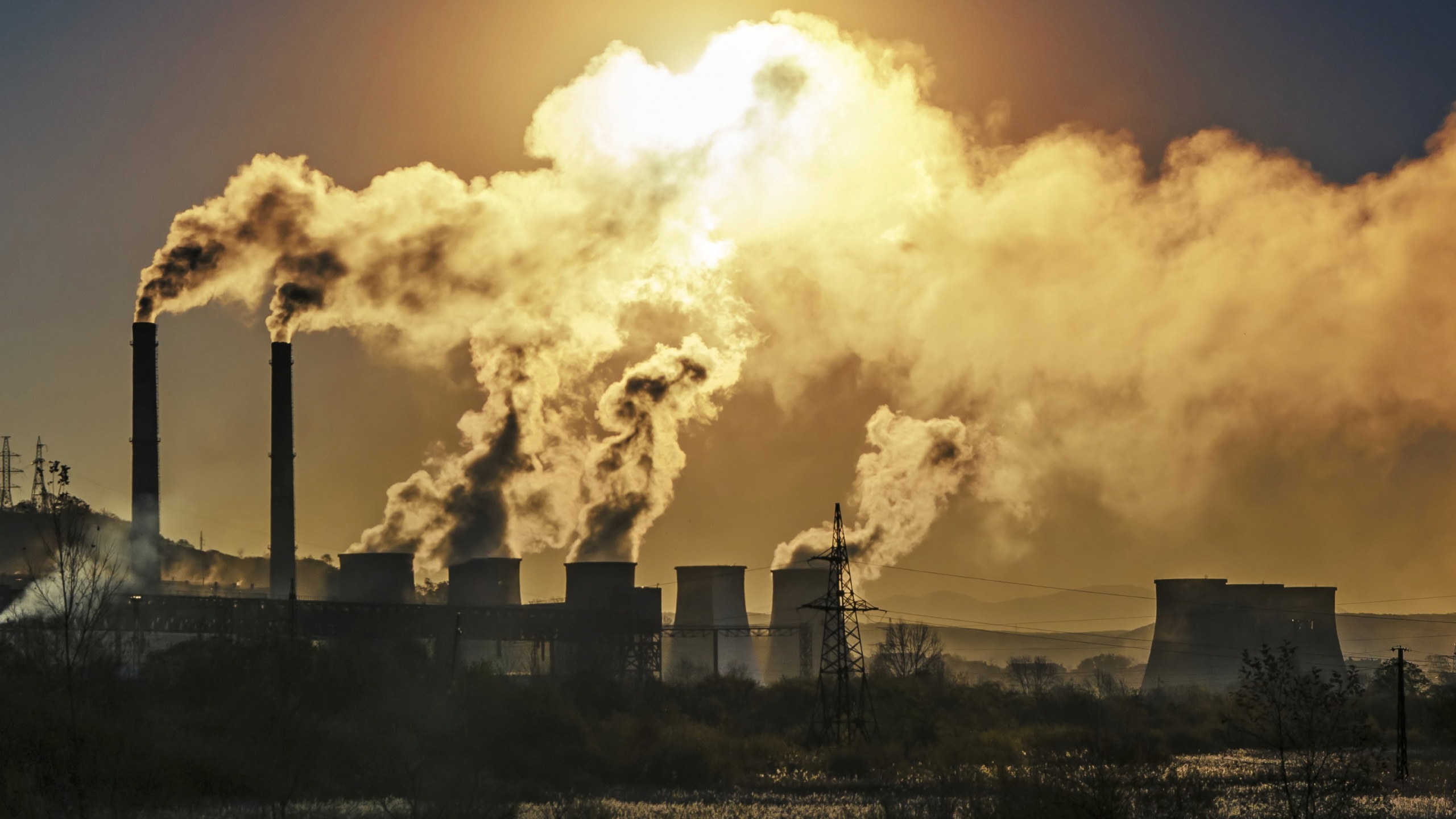Greenho use Gases Contribute to Global Warming
use Gases Contribute to Global Warming
Greenhouse gases contribute to global warming through a process known as the greenhouse effect. Here’s how it works:
Solar Radiation: The sun emits energy in the form of sunlight, which passes through the Earth’s atmosphere and reaches the surface. This energy warms the planet.
Infrared Radiation: The Earth’s surface absorbs the solar energy and then radiates it back towards space as infrared radiation (heat).
Absorption by Greenhouse Gases: Greenhouse gases in the atmosphere, such as carbon dioxide (CO2), methane (CH4), nitrous oxide (N2O), and fluorinated gases, absorb and trap some of this infrared radiation. Instead of allowing the heat to escape into space, these gases re-radiate it in all directions, including back towards the Earth’s surface.
Warming Effect: The re-radiation of heat by greenhouse gases causes the lower atmosphere and the Earth’s surface to warm. This process is natural and necessary for maintaining the Earth’s temperature at a level that supports life. However, human activities have increased the concentration of these greenhouse gases, enhancing the greenhouse effect and leading to more heat being trapped, which causes global warming.
The key greenhouse gases contributing to this effect are:
Carbon Dioxide (CO2): Produced by burning fossil fuels (coal, oil, and natural gas), deforestation, and certain industrial processes. CO2 is the most significant greenhouse gas due to its abundance and longevity in the atmosphere.
Methane (CH4): Emitted during the production and transport of coal, oil, and natural gas. Methane is also released by livestock and other agricultural practices, as well as by the decay of organic waste in landfills. Methane is more effective than CO2 at trapping heat, but it is present in smaller quantities and has a shorter atmospheric lifetime.
Nitrous Oxide (N2O): Emitted from agricultural and industrial activities, as well as during the combustion of fossil fuels and solid waste. N2O is a potent greenhouse gas with a much higher heat-trapping ability than CO2, though it is less prevalent.
Fluorinated Gases: These are synthetic gases used in various industrial applications, including refrigeration, air conditioning, and manufacturing. Although they are present in much smaller quantities than other greenhouse gases, they have a very high global warming potential (GWP).
By increasing the concentration of these gases, human activities have intensified the natural greenhouse effect, leading to an overall warming of the Earth's climate system. This enhanced greenhouse effect is the primary driver of the observed increase in global temperatures over the past century.
Thank you,